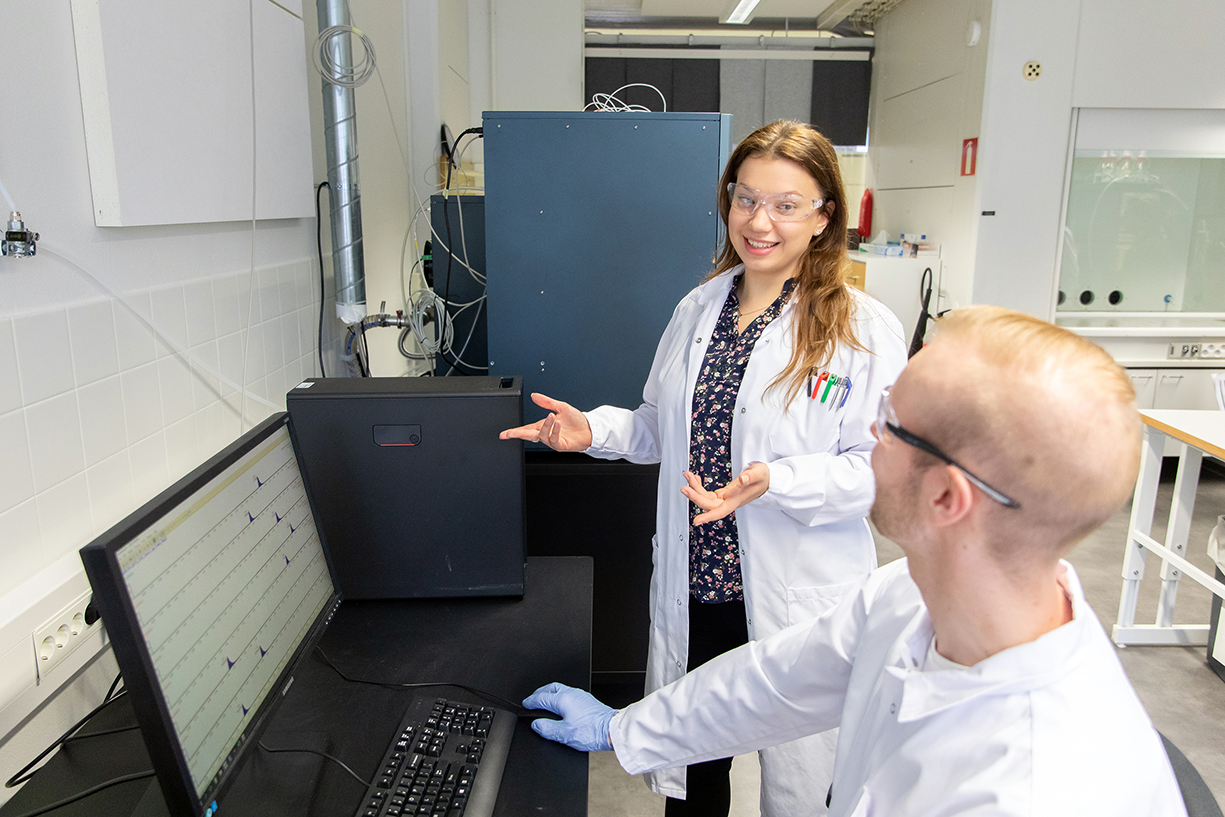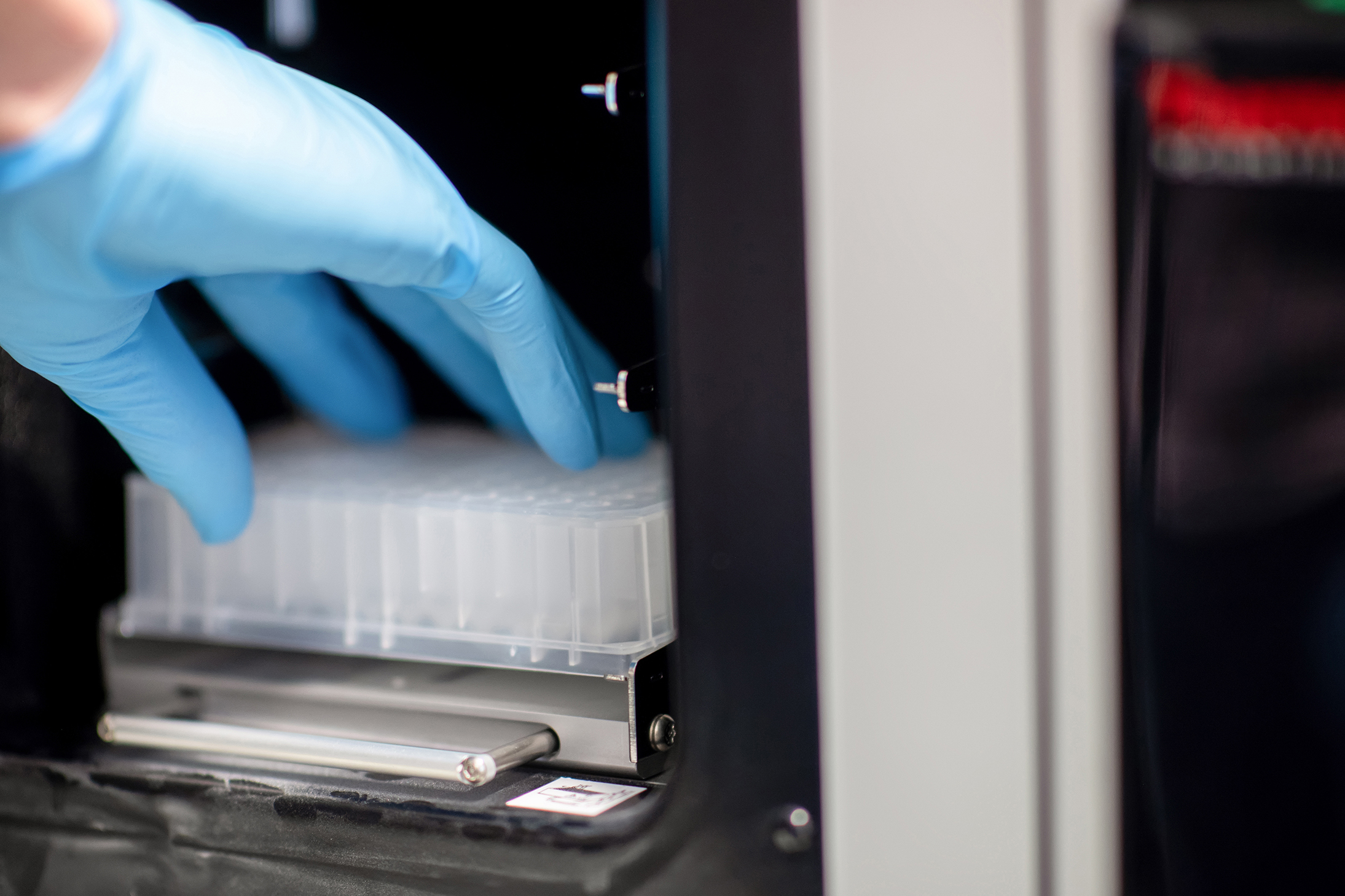-

Admescope 2023 lookback
“Welcome to 2024! We couldn’t wait for 2023 to end,” was […]
-

Overcoming Hurdles in ADME Research for PROTACs
Targeted protein degraders (TPDs), also known as proteolysis targeting chimeras (PROTACs), […]
-

Meet the team: Part 4
Since the founding of the company over 12 years ago, Admescope […]
-

Exploring Oligonucleotide-Based Therapies: ADME CRO Perspective
In recent decades, the pharmaceutical industry has witnessed a remarkable surge […]
-

Are you close to candidate selection? An IND/IMPD enabling drug developability assessment may help in compound consideration.
Drug discovery and development is a complex and iterative process that […]
-

Greetings from the new CSO
A year and a half after stepping down from the CEO […]
-

Integrated drug discovery and development services – tailored to your needs
Throughout drug discovery and development, there are numerous scientific hoops to […]
-

Admescope 2022 lookback
2022 was full of action, and it marked the most successful […]
-

I have become an Admescopian!
Time goes by fast when having fun – such a cliché, […]
-
Meet the team: Part 3
Admescope welcomes Dr Laszlo Szilagyi, the newest member of the Business […]
-
Meet the team: Part 2
As part of our ‘meet the team’ series, Admescope welcomes Leah […]
-

MIST evaluation toolbox – what is in there? Part 4
The overall aim of the safety metabolism studies is to better […]
Feel free to contact us!
Curious to know more about what can we do for you? Get in touch and let’s start a conversation.
